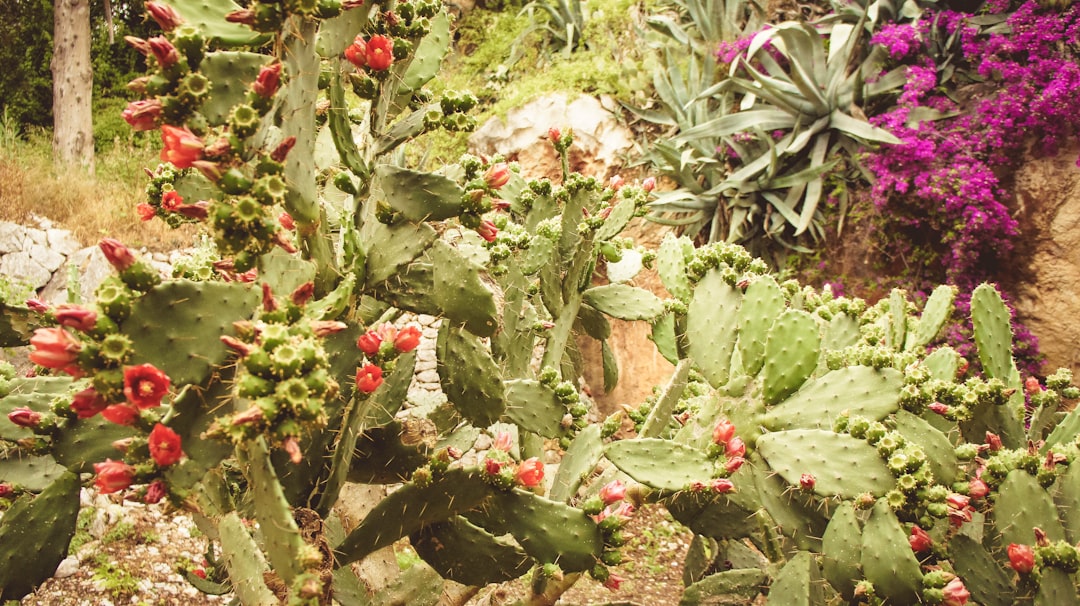Unveiling the Wonders of Orach in Your Edible Garden

Edible gardening has always been a rewarding endeavor, offering a fresh and sustainable way to enjoy nature's bounty. Among the many vegetables that can grace your garden, orach stands out as a colorful and delicious alternative to spinach. In this article, we will explore the essential planting, care, and harvesting tips for orach, allowing you to make the most of this unique vegetable in your edible garden.
What is Orach?
Orach, scientifically known as Atriplex hortensis, is an ancient leafy green vegetable that has been cultivated for centuries. It belongs to the Amaranthaceae family and is native to Asia and Europe. Orach comes in various colors, including red, green, and yellow, adding a vibrant touch to your garden. Its leaves have a mild, slightly salty flavor, making it a versatile ingredient in many culinary dishes.
Planting Orach
Orach is a relatively easy plant to grow, making it suitable for both beginner and experienced gardeners. Here are the steps to plant orach:
- Choose the Right Location: Orach thrives in full sun to partial shade. Select a spot in your garden that receives at least 6 hours of sunlight per day. The soil should be well-drained and rich in organic matter.
- Prepare the Soil: Before planting, loosen the soil to a depth of 8 - 10 inches. Mix in some compost or well - rotted manure to improve soil fertility and drainage.
- Plant the Seeds: Orach seeds can be sown directly into the garden bed after the last frost date. Sow the seeds about 1/4 inch deep and 1 - 2 inches apart. Space the rows about 12 - 18 inches apart. If you prefer, you can also start the seeds indoors 4 - 6 weeks before the last frost and transplant the seedlings outdoors when they are 2 - 3 inches tall.
- Watering: Keep the soil consistently moist but not waterlogged. Water the seeds or seedlings gently to avoid disturbing them. Once the plants are established, they are relatively drought - tolerant, but regular watering will promote better growth and leaf production.
Caring for Orach
Proper care is essential to ensure a healthy and productive orach crop. Here are some care tips:
- Weeding: Keep the area around the orach plants free of weeds. Weeds can compete with the orach for nutrients, water, and sunlight. Regularly remove any weeds by hand or use a hoe to gently cultivate the soil surface.
- Fertilizing: Orach does not require heavy fertilization. A light application of a balanced fertilizer, such as a 10 - 10 - 10, can be applied once or twice during the growing season. Follow the package instructions for the correct application rate.
- Pest and Disease Control: Orach is generally resistant to most pests and diseases. However, aphids and leaf miners can sometimes be a problem. You can control aphids by spraying the plants with a strong stream of water or using an insecticidal soap. For leaf miners, remove the affected leaves and destroy them to prevent the spread of the pests.
Harvesting Orach
Orach can be harvested in different ways depending on your preference:
- Baby Greens: You can start harvesting the baby greens of orach when the plants are about 3 - 4 inches tall. Simply snip off the outer leaves with a pair of scissors. This method allows the plant to continue growing and producing more leaves.
- Full - size Leaves: If you prefer larger leaves, wait until the plants are more mature. Harvest the outer leaves by cutting them at the base of the stem. Leave the inner leaves to continue growing.
- Continuous Harvesting: Orach is a cut - and - come - again vegetable. You can harvest the leaves throughout the growing season, and the plant will keep producing new growth. This makes it a great addition to your edible garden as you can enjoy a continuous supply of fresh greens.
Culinary Uses of Orach
Orach's mild, slightly salty flavor makes it a versatile ingredient in the kitchen. Here are some ways to use orach:
- Salads: Add fresh orach leaves to your salads for a pop of color and flavor. They pair well with other greens, fruits, and dressings.
- Sauteed or Stir - fried: Orach can be sauteed or stir - fried just like spinach. Heat some olive oil in a pan, add the orach leaves, and cook for a few minutes until wilted. You can season it with garlic, lemon juice, and a pinch of salt and pepper.
- Soups and Stews: Add orach to your soups and stews for an extra nutritional boost. It will add a unique flavor and texture to the dish.
In conclusion, orach is a wonderful addition to any edible garden. With its colorful leaves, mild flavor, and easy - to - grow nature, it offers both aesthetic and culinary benefits. By following the planting, care, and harvesting tips outlined in this article, you can enjoy a bountiful harvest of orach and incorporate it into your favorite dishes. So, why not give orach a try in your garden this season?